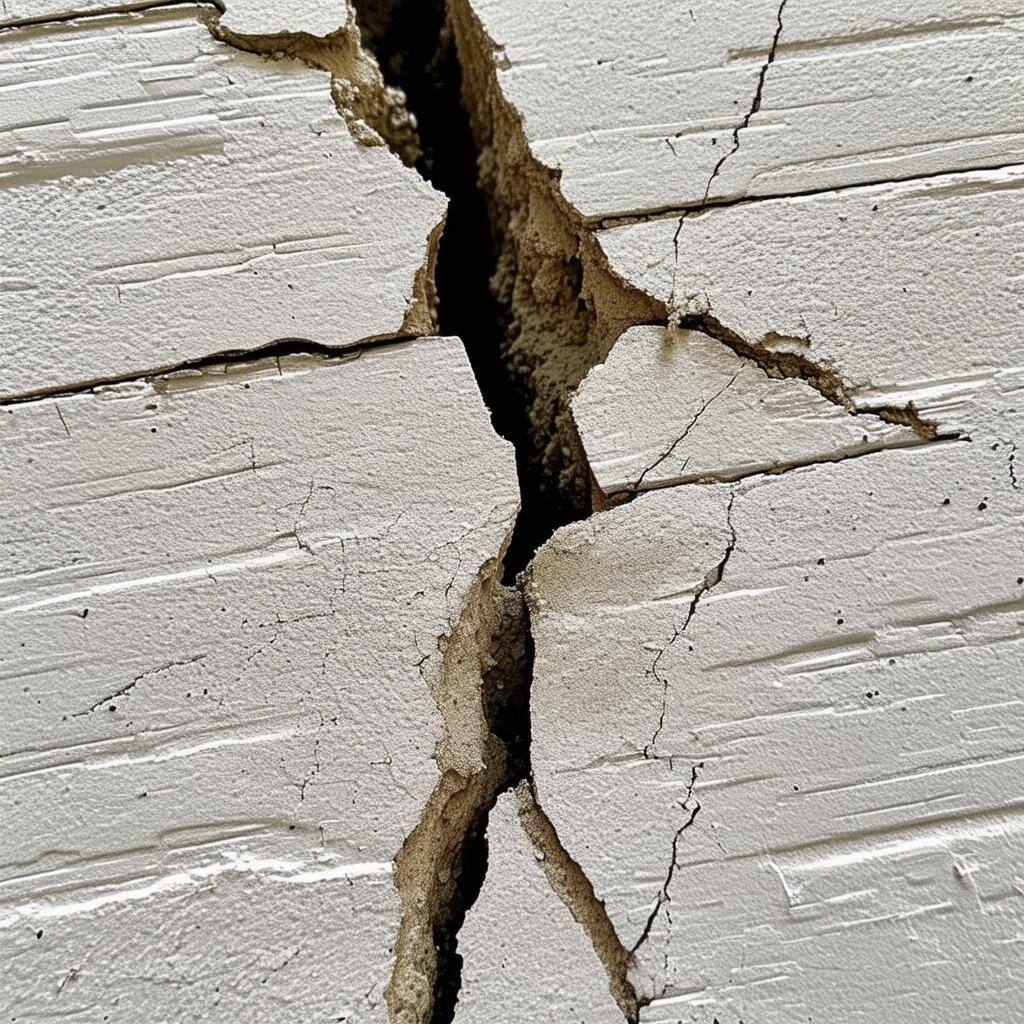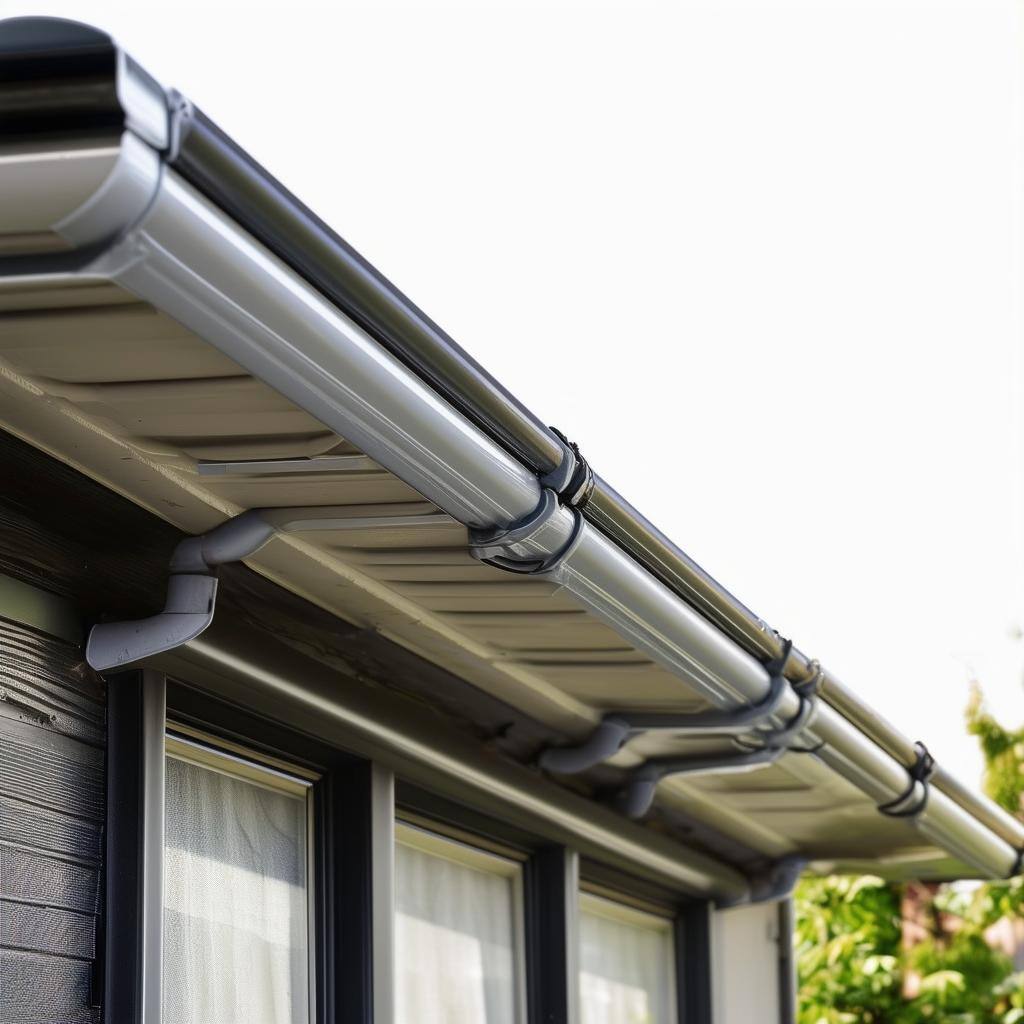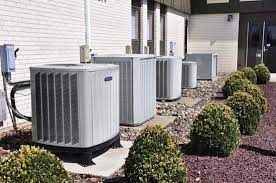The Essential Guide to Residential Roofing: Protecting Your Home from the Top Down
Your roof is one of the most critical components of your home, serving as the first line of defense against the elements. A well-maintained roof not only protects your home from rain, snow, and wind but also enhances its curb appeal and value. In this article, we’ll explore the types of residential roofing, common issues to watch for, maintenance tips, and when to consider a roof replacement.
Learn More Below for Types, Common Problems, Maintenance Tips, & When to Replace!
Understanding Residential Roofing
1. Types of Residential Roofing
There are several roofing materials available, each with its unique benefits and aesthetic appeal:
-
Asphalt Shingles: The most common roofing material in North America, asphalt shingles are affordable, easy to install, and available in various colors and styles. They typically last 15-30 years.
-
Metal Roofing: Known for its durability and longevity, metal roofing can last 40-70 years. It is available in various materials, including aluminum, steel, and copper, and is resistant to extreme weather.
-
Wood Shingles and Shakes: Offering a natural, rustic look, wood shingles and shakes are typically made from cedar, redwood, or pine. They require regular maintenance to prevent rot and insect damage.
-
Tile Roofing: Common in warmer climates, tile roofs (made from clay or concrete) are known for their durability and aesthetic appeal. They can last over 50 years but are heavier and may require additional structural support.
-
Slate Roofing: Slate is a premium roofing material that is both durable and beautiful. It can last over 100 years but is also one of the most expensive options.
2. Common Roofing Problems
Even the best roofs can experience issues over time. Here are some common problems to watch for:
-
Leaks: Water stains on ceilings or walls can indicate roof leaks, often caused by damaged shingles, flashing, or poor installation.
-
Missing or Damaged Shingles: High winds, hail, or falling branches can dislodge or damage shingles, compromising the roof's integrity.
-
Granule Loss: Asphalt shingles may lose granules over time, leading to reduced effectiveness and a higher likelihood of leaks.
-
Poor Ventilation: Inadequate ventilation can cause heat and moisture buildup in the attic, leading to mold growth and shortened roof lifespan.
-
Pest Infestations: Rodents, insects, and other pests can cause damage to roofing materials, particularly wood shingles.
Roof Maintenance Tips
Regular maintenance is essential to prolonging the life of your roof and preventing costly repairs:
1. Regular Inspections
-
Visual Checks: Conduct regular visual inspections of your roof, especially after severe weather. Look for missing shingles, debris buildup, and signs of damage.
-
Professional Inspections: Hire a professional roofing contractor for an annual inspection, as they can spot issues that may not be visible to the untrained eye.
2. Clean Gutters and Downspouts
Clogged gutters can lead to water backup, causing damage to the roof and the structure of your home. Clean gutters at least twice a year and ensure downspouts direct water away from the foundation.
3. Trim Overhanging Branches
Trees near your home can pose a risk to your roof. Trim overhanging branches to prevent them from damaging shingles during storms or high winds.
4. Address Issues Promptly
If you notice signs of wear or damage, address them immediately. Small issues can quickly escalate into larger, more expensive problems if left untreated.
5. Ensure Proper Ventilation
Check that your attic has adequate ventilation to prevent moisture buildup and heat accumulation, which can lead to mold growth and damage.
When to Consider Roof Replacement
While regular maintenance can extend your roof’s lifespan, there comes a time when replacement is the best option:
1. Age of the Roof
Most roofs have a lifespan of 15-30 years, depending on the material. If your roof is nearing the end of its life expectancy, it may be time to consider a replacement.
2. Extensive Damage
If your roof has extensive damage or multiple leaks, replacement may be more cost-effective than ongoing repairs.
3. Energy Efficiency Issues
If you’re experiencing high energy bills and suspect your roof is contributing to poor insulation, a new roof may improve energy efficiency.
4. Home Resale
If you plan to sell your home, a new roof can increase its market value and appeal to potential buyers.
Summary
Residential roofing is a crucial aspect of home maintenance that protects your investment and enhances your living environment. By understanding the types of roofing materials, common issues, and maintenance strategies, homeowners can ensure their roofs remain in excellent condition for years to come. Regular inspections, prompt repairs, and professional assistance when necessary will help you maintain a durable, beautiful roof that shields your home from the elements. Embrace the importance of your roof, and enjoy peace of mind knowing your home is well-protected!
Why don't homes come with a user manual?
We don't know, either. But we're here to help.
See how, below...from tackling the maintenance tasks you can’t stand or always forget, to getting proactive with your maintenance, to sending out contractor referrals we actually know & trust!
You May Also Like
These Related Stories

Home Foundation Guide

Gutters Guide
